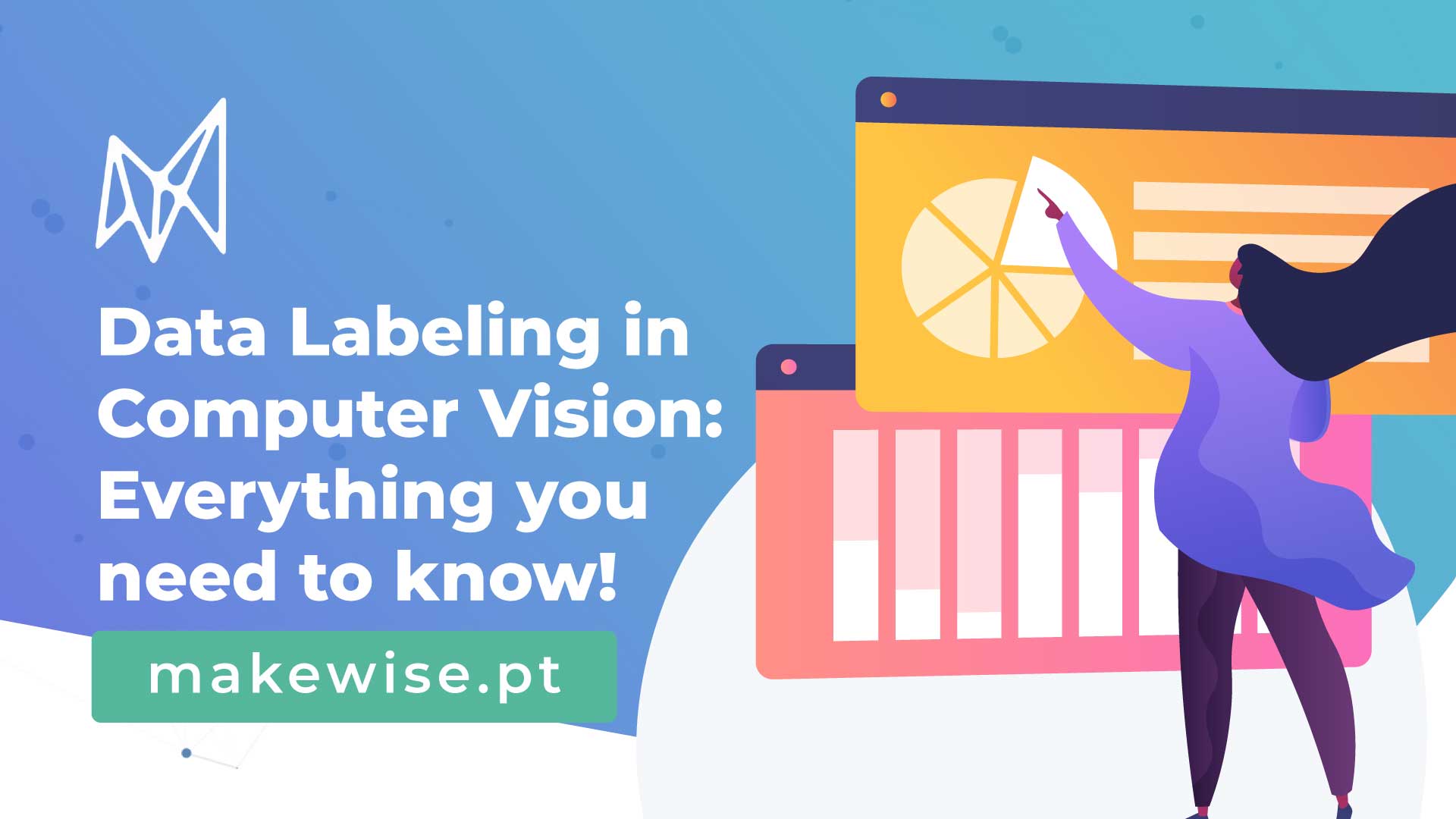Data labelling goes hand to hand with Computer vision. In this article, we’ll explore what data labeling is and how it’s all made possible.
What is data labelling?
Data labelling is a process that aims to identify objects in raw data. Those objects can be images, audio, video, and text. By tagging them with the appropriate labels, the machine learning algorithm can make more accurate predictions. This process needs to be done very carefully, leaving little to no room for errors.
Why use it?
Labelled datasets are of extreme importance to learning models, helping the model process and understand the input data. That way, once the input data is analysed, the models’ predictions either match its objective or don’t. After this, the user defines if the model needs further tuning and testing or not. There are various use cases for data labelling and computer vision, such as:
How does data labelling work?
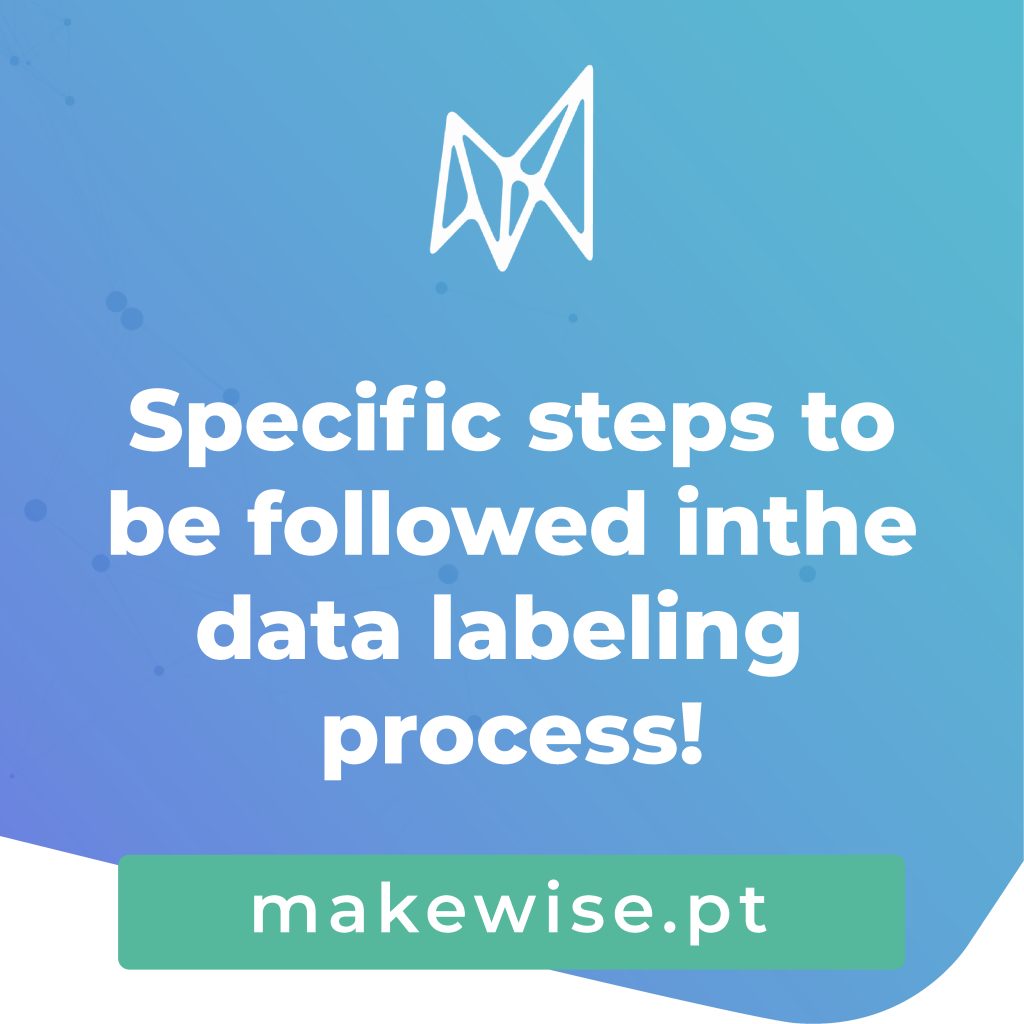
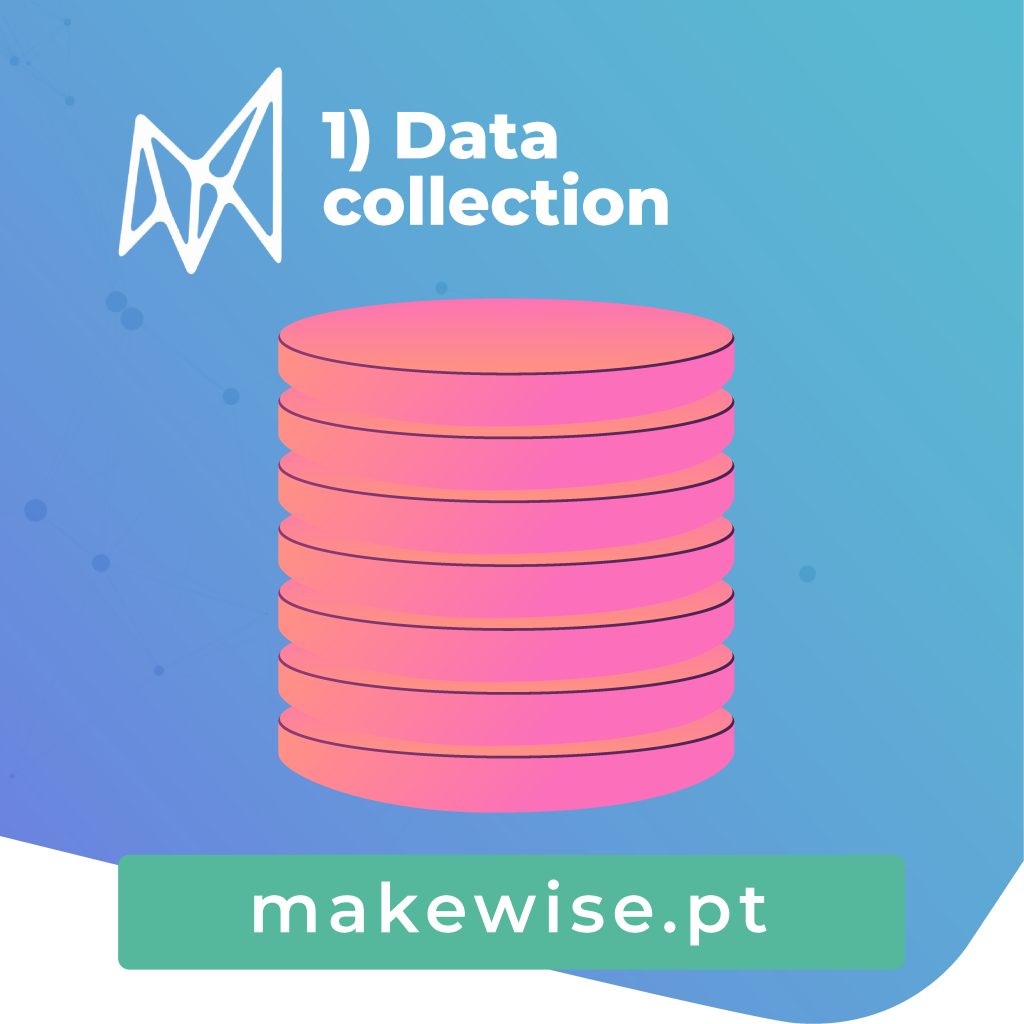
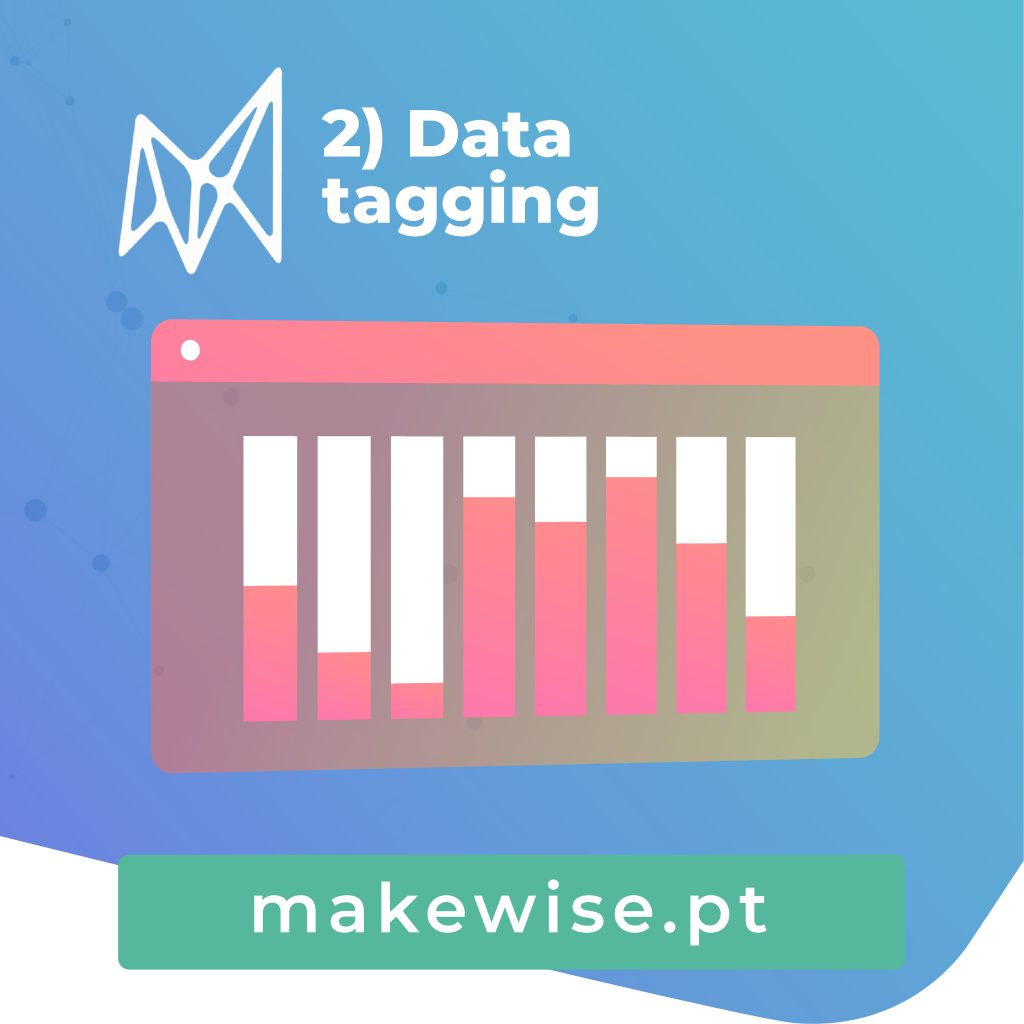
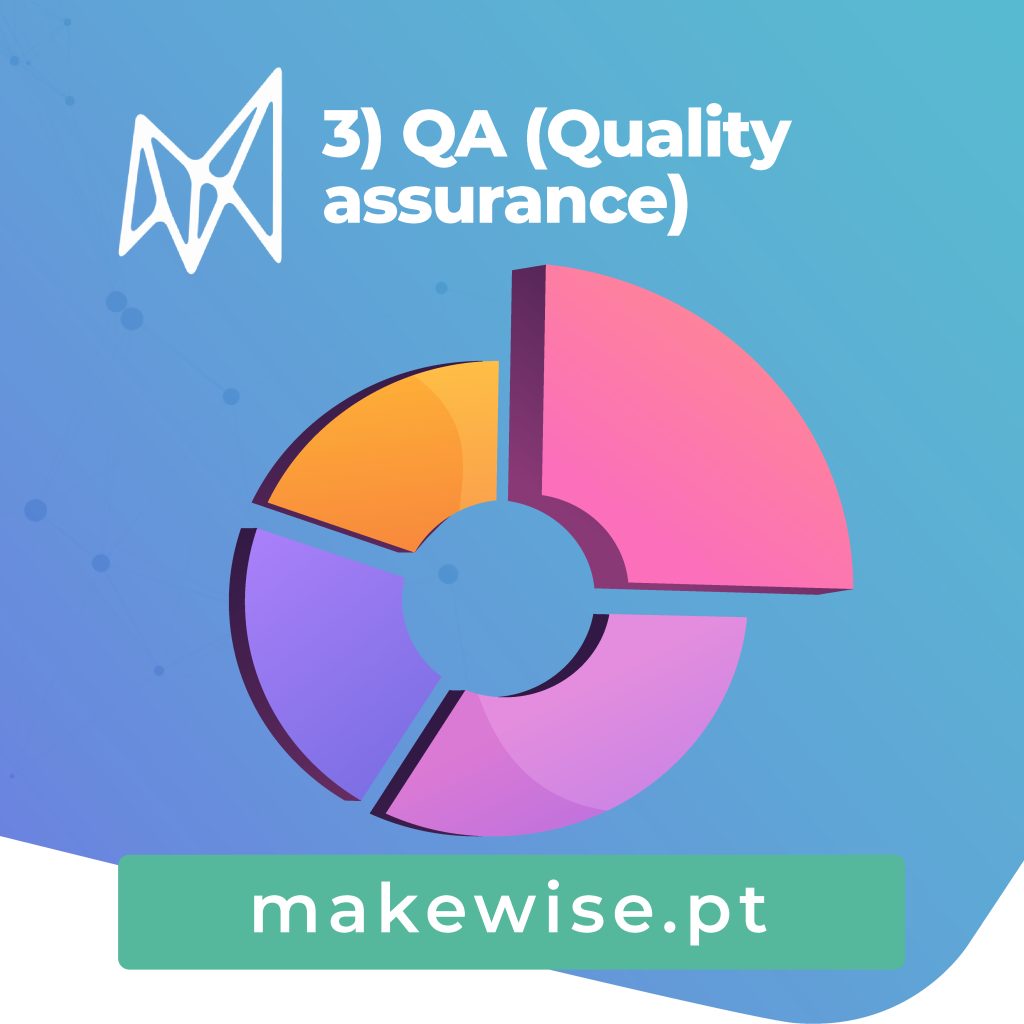

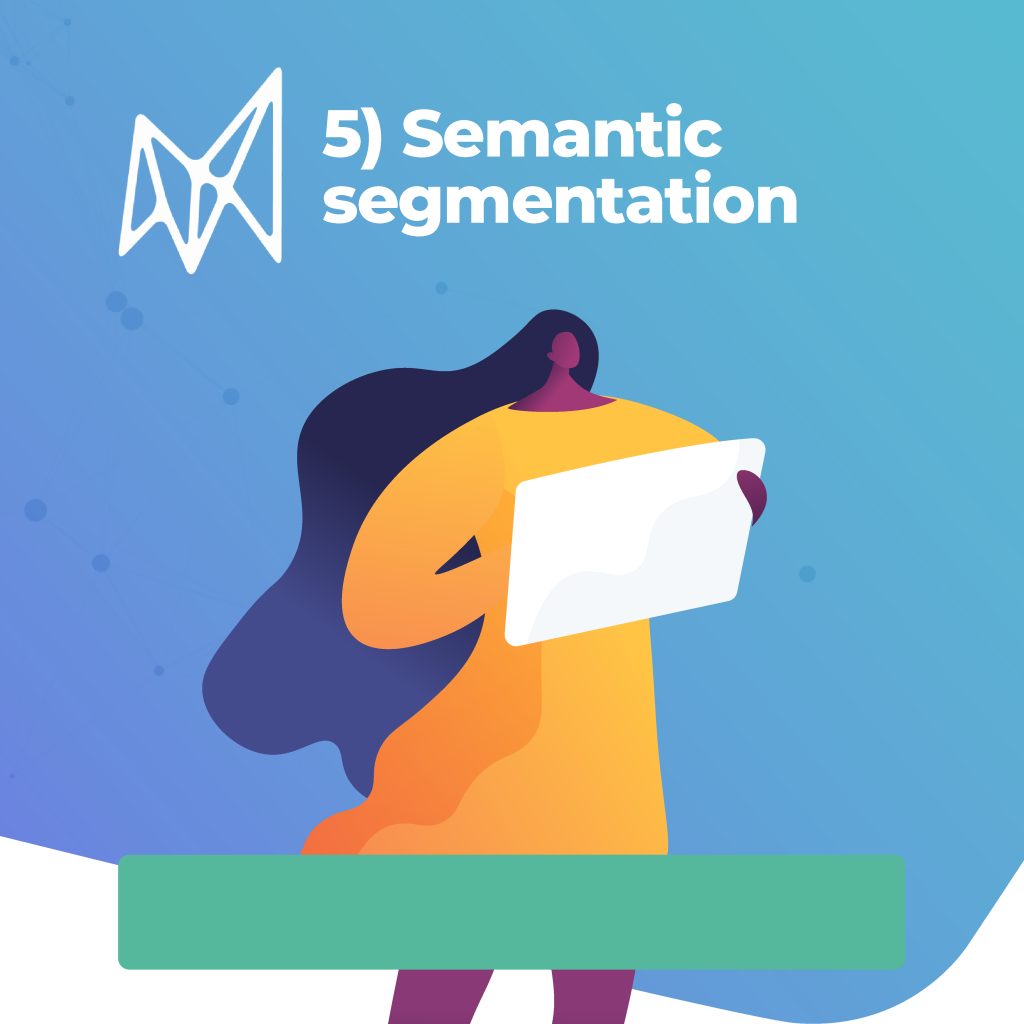

There are specific steps to be followed in the data labelling process:
Data collection
The first step is to gather the right amount and variety of data that suits your model requirements. For that, there are a few different approaches:
- Manual data collection – The bigger and most diverse amount of data guarantees more accurate results compared to a small amount. Depending on the use case, one option is having your user collect data for you, but if for example, you are developing an NLP (Natural language processing) model, it would be better to use a scraping tool to automatically find, collect and analyze the information for you.
- Open-source datasets – This option is a great way for smaller organizations to have access to data that would otherwise takes them a long time to gather, in turn optimizing accessibility and cost-effectiveness.
- Synthetic data generation – Synthetic data generation involves creating simulated datasets that can be both advantageous and disadvantageous. Synthetic datasets are commonly used in two primary areas: computer vision and tabular data (such as healthcare and security data). Companies focused on autonomous driving often lead the way in utilizing synthetic data, particularly when dealing with objects that are invisible or obstructed in real-world scenarios.
Data tagging
Once the unlabelled data is collected, it’s time for objects to be tagged. Data tagging is made with human labellers identifying unlabelled data using specific software. For example, they can be asked to determine what a word is in a text or to track an object throughout a video. All these results serve as training information for your model.
QA (Quality assurance)
Having a QA in place to check the accuracy of labelled data is paramount. QA ensures consistent quality results, detecting errors and increasing productivity in data labelling tasks.
Model training
After the initial dataset has been labelled and sent through QA it can be used to train your model, teaching it how to make accurate predictions on new data. At this point some considerations need to be done, such as:
- Is the data enough?
- Are the results as expected?
- How is the models’ performance?
- Is the model missing any valuable information?
- Is the model successful?
You should remember that the model requires continuous monitoring of its performance.
Types of data labelling
There are several types of data labelling, but they can be considered through two major categories, Computer Vision, and NLP.
Computer Vision
Using high quality training data, CV models can cover a wide range of tasks, such as:
Data labelling for computer vision and natural language processing (NLP) differs in the annotation techniques used. Computer vision applications involve annotations like polygons, polylines, semantic and instance segmentation, which are not commonly used in NLP.
NLP (Natural language processing)
NLP combines machine learning, and deep learning to extract insights from textual data. Data labelling for NLP involves adding tags to files or using bounding boxes to outline the text to be labelled. Data labelling approaches in NLP can be categorized into syntactic and semantic groups.
Data labelling best practices
There are some tried and evaluated best practices for data labelling. These are not a one-size-fits-all since every project might have its specific approaches.
- Collect varied data – Your data should be as varied as possible.
- Have specific data – Your collected data should be as specific as you want your results to be.
- Set annotation guidelines – Annotation instructions help your model avoid mistakes throughout data labeling.
STOCK.VISION: Automatic Store Shelves Monitoring by MakeWise

A shelf monitoring solution that provides real time item availability information based on in-store camera footage.
- Uses images from CCTV cameras to monitor
- Real time item availability information
- Alerts with the shelf and product identification
- The shelf is permanently monitored
Confirm all MakeWise’s solutions here and start your business digital transformation journey today. Contact us!

